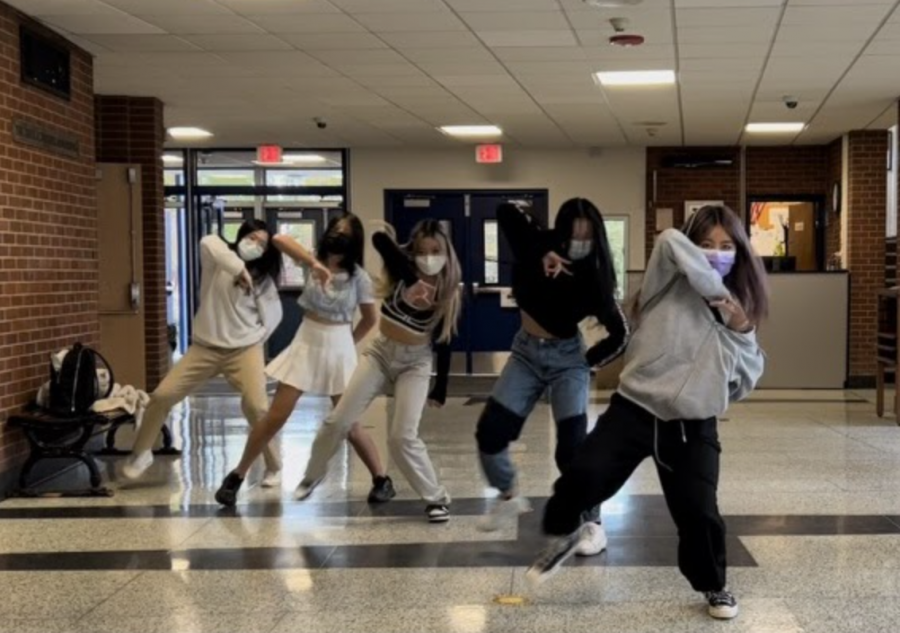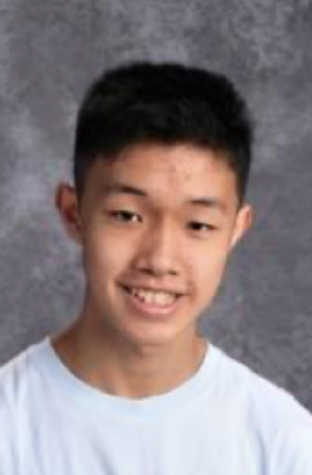Return to School, Resurgence of Clubs
December 15, 2021
On a typical afternoon at South High before the pandemic, students filled the classrooms and the main lobby, practicing for Cultural Heritage Night, studying for Science Olympiad, and organizing donations for the Midnight Run. Most juniors and seniors see these images when they recall their first few months of high school. But for most freshmen and sophomores, these scenes might as well be from a high school rom-com.
The past two years of school and clubs have looked vastly different from these “typical afternoons,” with online learning and meetings replacing in-person gatherings. Without having a physical presence in schools, many clubs had difficulty recruiting last year. “I think a really big part of ACC is the physical presence it has in the school; if students don’t see it happening in the classrooms and in the hallways, then they won’t know about it,” said senior John Xie, an ACC board member. “[Wushu] and Korean Techno each only had around three underclassmen try out or make the team [this year]; usually there are around 7–10 trying out for these spots,” he added.
Low club enrollment can be attributed in part to the absence of an in-person club fair for the past two years. Pre-COVID, the club fair was a boisterous event in the East Gym, where upperclassmen showcased the best of what their clubs had to offer prospective members. Xie described how ACC displayed costumes and props for Cultural Heritage Night performances at their club fair table. Other clubs distributed physical handouts containing Google Classroom codes, Facebook group links, and meeting information. “Not having an [in-person] club fair really restricted the number of people who try out to people who had prior experience in middle school,” said senior Matt Tsui, a board member of the Science Olympiad team.
Also, many clubs struggled to maintain membership last year with online meetings, even if they managed to obtain a large number of signups early on. “Key Club is a really interactive club [and] really community based, and we only really had 10-15 people show up to meetings despite getting around 50-60 [students] sign up,” said club president senior Isabelle Chiang.
This problem is due, in part, to the difficulty of cultivating club spirit virtually. Senior Rick Xu, President of DECA, said, “I think last year when we were fully virtual, some DECA members probably lost enthusiasm due to the loss of in-person competitions and club meetings.”
That’s not to say all clubs struggled. Tsui said that the Science Olympiad team maintained their usual numbers of underclassmen trying out for the team, though this seems due largely to the existence of a successful middle school team. It seems as though signups and attendance rates are returning to their original numbers. Xu reported that DECA has around 50 underclassmen this year, and a relatively normal number of students competing in the team. Similarly, Key Club returned to having around 40 members with a mix of upperclassmen and underclassmen.
Even with positive signs of clubs’ return to normalcy, some clubs still worry about the future. Xie expressed the fear that while ACC may survive as a whole, they will also likely lose acts like the Korean Rock Band and Korean drums, which currently have few to no underclassmen performers. Even among the acts with strong membership, most members are still upperclassmen. Without a strong base of underclassmen, it’s difficult for clubs to maintain traditions.
The year and a half of virtual events also limited opportunities for leadership experience. “Having [prior] experience is really important to lead the club,” Chiang said. “The more members learn to interact with each other, the more they will learn about what it means to be in a community service club, and the more well equipped they will be to continue it and make it successful in the future.”
Despite these challenges, most board members have faith in the future of their respective clubs. “Our numbers this year haven’t been normal, but I think that’s just because of an overall decline in club activity,” he said. “But I think [compared to last year] there’s definitely a lot more bonding and greater sense of community that is returning to the club.”







